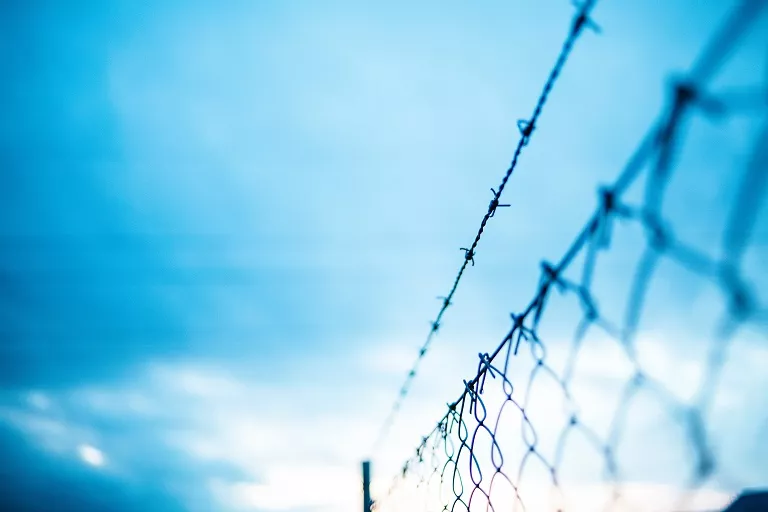
Tackling modern slavery needs to remain a priority
Tackling modern slavery needs to remain a priority
The construction sector employs both skilled and unskilled workers, and migrants working on site and on short-term contarcts can be a target for modern slavery.
The construction sector employs a large amount of both skilled and unskilled workers, and due to the cyclical nature of construction projects, migrants are a typical feature of the industry across the globe.
In recent years, CIOB have campaigned on the issue of tackling modern slavery in construction. The International Labour Organization estimated 40.3 million enslaved people globally with modern slavery reported in 167 countries. Our campaign to tackle the many forms of bonded labour and slavery that exist in construction began at our Members Forum in Qatar in 2014. We collected insight from our members on the ground and discussed the respect for people agenda in the region with organisations like the Qatar Foundation (a major government client), Amnesty International and Engineers Against Poverty. Construction has fragmented supply chains, opaque procurement processes and in countries where there is a high demand for migrant labour it creates an easy opportunity for human rights abuses to occur.
COVID-19 has brought its own challenges to the industry, with construction now facing a shortage of hauliers and skilled workers. Many migrant workers returned to their home country during lockdown and, with the UK leaving the EU, the number of migrants returning has been slow.
With the UK and other countries re-opening again and the construction industry retuning to normal operation, now is the time for companies to ensure they do not drop their guard when it comes to subcontracting and employing workers. In Scotland, over the past year the National Human Trafficking unit have seen a five per cent increase in modern slavery with 387 potential victims.
We know that modern slavery often starts in the country of origin of migrant workers and with the latest events in Afghanistan where many are trying to flee, these people could become an easy target for modern slavery. The construction industry must play their part in preventing this from occurring within their supply chains and to equip workers on-site to notice the signs of human trafficking and how to report it.
CIOB’s membership is an influential community and, as members, subscribe to a set of values and behaviours. That ethical dimension is an important lever in combating the exploitation of migrant workers and we continue to urge construction companies to take the necessary steps in minimising the risk of modern slavery entering their supply chain.
Our campaign, Tackling Modern Slavery in Construction, has a raft of information and data on the issue.
We urge companies to read guidance from the Gangmasters & Labour Abuse Authority on how to spot the signs: https://www.gla.gov.uk/who-we-are/modern-slavery/who-we-are-modern-slavery-spot-the-signs
Signs that could potentially identify human trafficking operations and modern slavery include, but are not limited to:
• Large groups of people travelling together and sharing small properties
• Showing signs their movements are being controlled
• Unable to communicate freely with others and/or a person speaks for them when addressed directly
• Not in possession of their passports or other travel or identity documents
• Does not have any days off
The Independent Anti-Slavery Commissioner’s office are working on a report to be published later this year, focussing on construction and developing new ideas that can move the discussion to further sector specific practical recommendations. You can read the latest update from the UK’s Independent Anti-Slavery Commissioner here. This report notes that one of the “three severe and strategic risk areas across all ministerial departments” is construction.
Contact our Press Office
We welcome requests for information, comments and interviews from journalists across the globe so please feel free to contact us:
